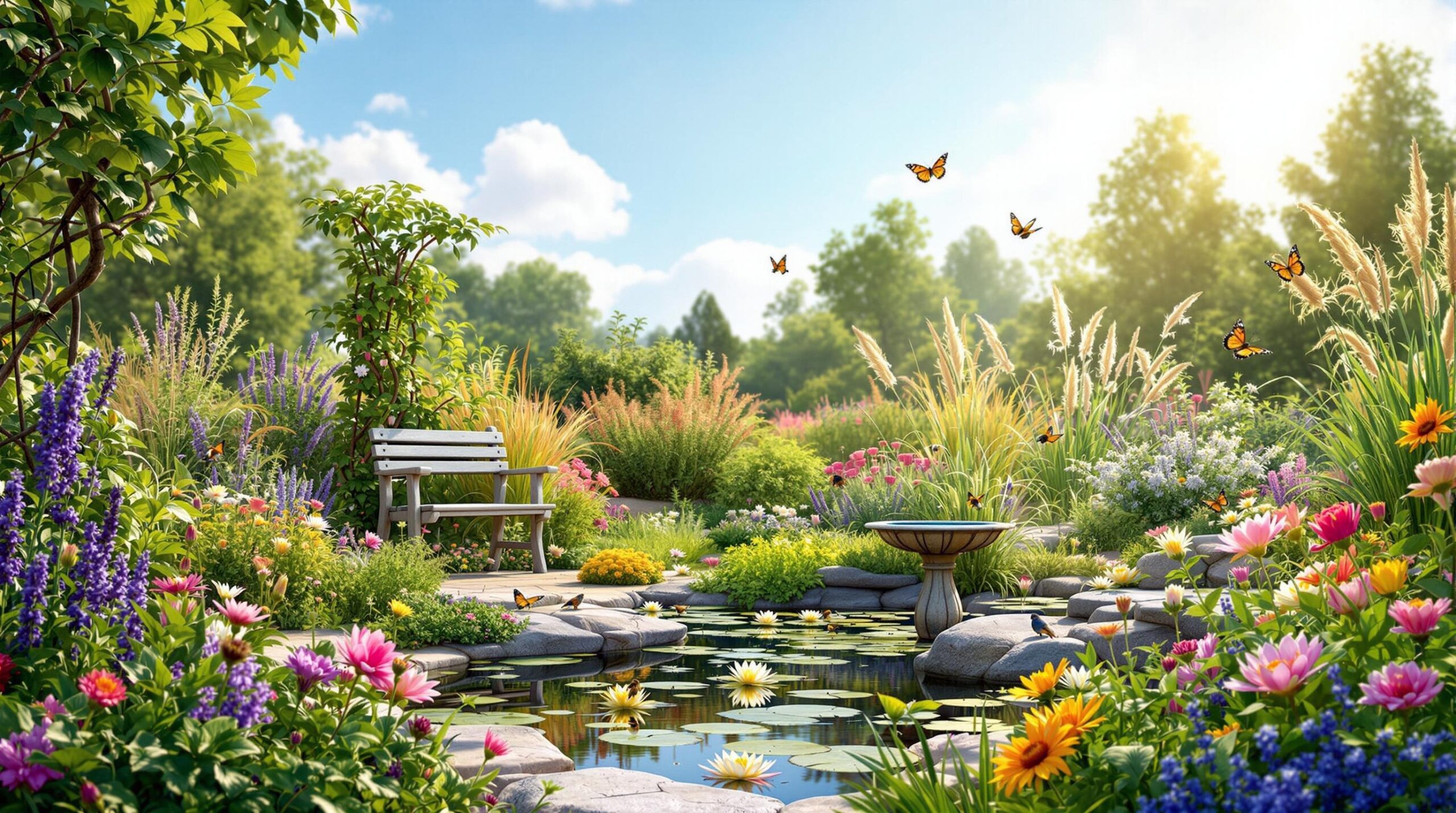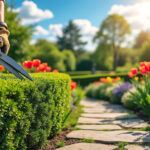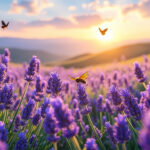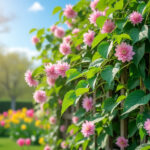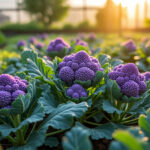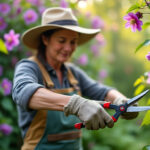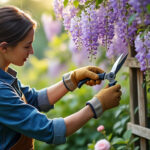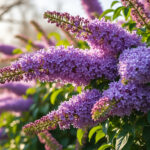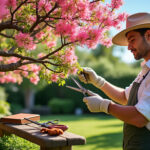Creating a wildlife-friendly garden not only enhances the beauty of an outdoor space but also fosters a diverse ecosystem. With a thoughtful approach to landscaping, it is possible to attract local fauna while maintaining a visually appealing environment. This guide explores innovative ideas for transforming ordinary spaces into havens for birds, butterflies, and beneficial insects. By embracing native plants, eco-friendly practices, and strategic designs, gardeners can cultivate vibrant landscapes that thrive with minimal maintenance and support local wildlife.
Understanding Wildlife Needs in Your Garden
To effectively attract wildlife, it is crucial to comprehend the specific needs of local species. This understanding allows gardeners to create a welcoming habitat for various animals. Observing the types of wildlife already present can serve as a guide for selecting plants and features that meet their requirements. Key considerations include:
- Food Sources: Provide flowering plants that offer nectar and seeds. 🌼
- Shelter: Incorporate natural habitats, like shrubs and tall grasses, for nesting and hiding. 🏡
- Water Access: Install water features or bird baths to ensure a reliable drinking source. 💧
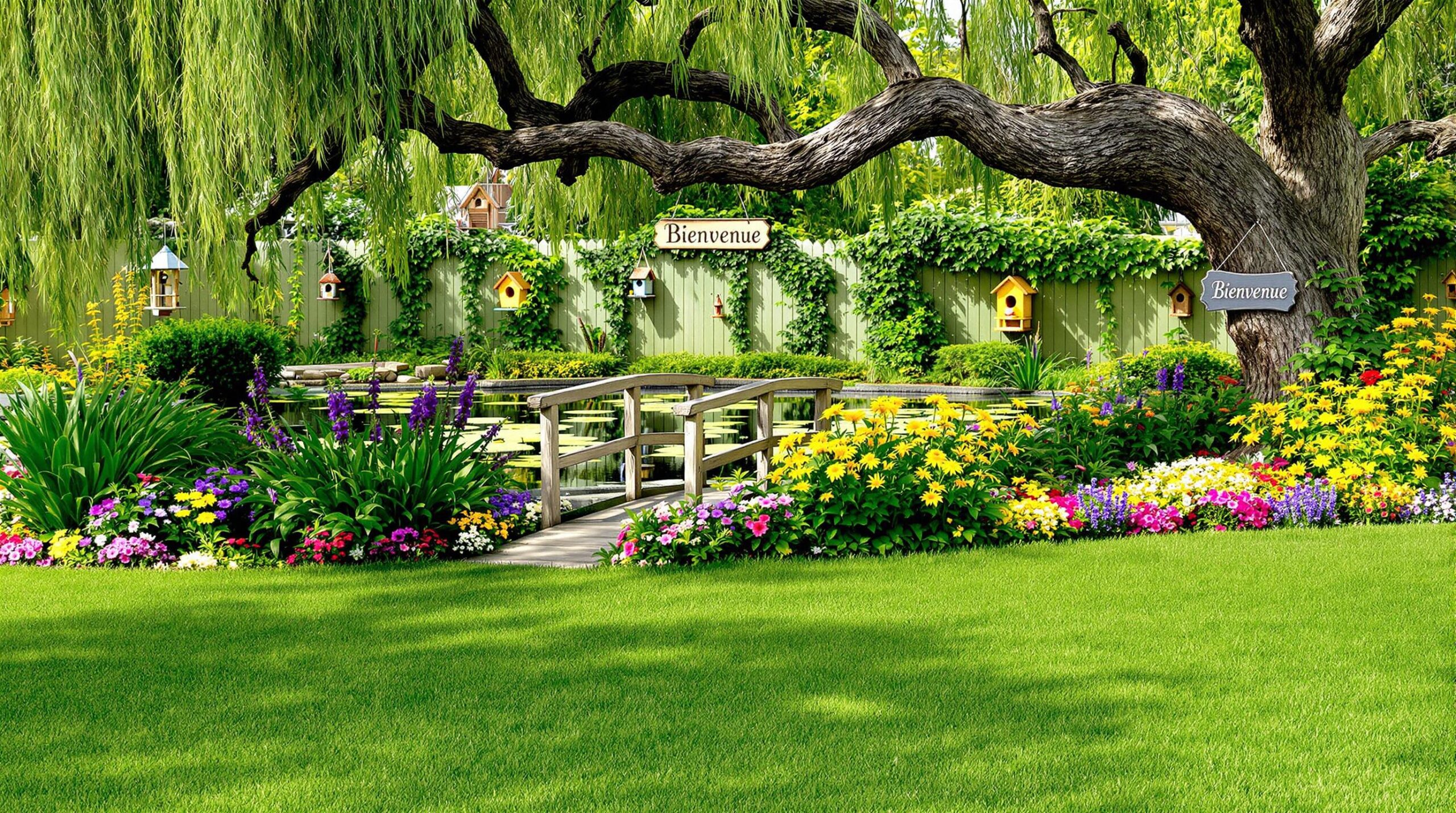
Incorporating Native Plants
Utilizing native plants is one of the most effective ways to support local wildlife. These species are adapted to the climate and soil conditions, requiring less maintenance and resources. By planting a diversity of native flora, the garden can attract various pollinators and wildlife. Here are some popular choices:
- Wildflowers: Include blooms such as black-eyed Susans and coneflowers to draw in butterflies. 🦋
- Grasses: Employ native sedges and ornamental grasses for texture and movement. 🌾
- Shrubs: Incorporate berry-producing shrubs like elderberry for food sources. 🍇
| Native Plant | Wildlife Supported | Maintenance Level |
|---|---|---|
| Purple Coneflower | Butterflies, Bees | Low |
| Switchgrass | Birds, Small Mammals | Low |
| Black-Eyed Susan | Bees, Insects | Moderate |
Promoting Pollinator Habitats
Creating dedicated habitats for pollinators can significantly enhance the ecological value of a garden. Here are several methods to support bees, butterflies, and other beneficial insects:
- Plant Diversity: Choose a variety of nectar-rich plants that bloom throughout the seasons. 🌸
- Avoid Pesticides: Prioritize organic gardening to protect sensitive pollinator populations. 🌱
- Insect Hotels: Construct homes using natural materials to provide shelter for beneficial insects. 🐞
Water Features: Attracting Diverse Wildlife
Water elements act as magnets for various species. Even small installations, like birdbaths or ponds, can offer immense ecological value. Consider the following when adding water features:
- Types of Features: Choose between ponds, birdbaths, or rain gardens to enhance biodiversity. 🦆
- Maintenance: Regular cleaning may be required, but the benefits for wildlife are worth the effort. 🛠️
- Plants Around Water: Use moisture-loving plants around these features to create a natural habitat. 🌿
| Water Feature | Wildlife Attracted | Maintenance |
|---|---|---|
| Garden Pond | Frogs, Birds, Dragonflies | Moderate |
| Birdbath | Birds, Insects | Low |
| Rain Garden | Insects, Amphibians | Low |
Vertical gardening: Maximizing height in your landscape design
Designing for Aesthetic Appeal and Functionality
Creating a wildlife-friendly garden does not mean compromising on appearance. Thoughtful designs can incorporate beautiful landscapes alongside ecological considerations. Here are some sophisticated approaches:
- Structured Prairie Gardens: Use ornamental grasses and wildflowers for a contemporary aesthetic. 🌺
- Layered Cottage Gardens: Combine wildflowers and herbs to create a whimsical habitat. 🍃
- Geometric Zen Gardens: Merge clean lines with native plants for a tranquil space. 🍂
Seasonal Blooms for Continuous Interest
Planning for seasonal bloom cycles can maintain a dynamic landscape throughout the year. This approach supports a variety of wildlife by providing consistent food sources:
- Early Bloomers: Magnolia and spring bulbs signal the new growth. 🌷
- Summer Flourishers: Sunflowers and daisies bring vibrancy during the warm months. ☀️
- Autumn Treasures: Late-season blooms like asters can sustain pollinators in fall. 🍂
| Flowering Season | Plant Examples | Wildlife Attraction |
|---|---|---|
| Spring | Crocus, Tulip | Bees, Hummingbirds |
| Summer | Sunflower, Coneflower | Butterflies, Insects |
| Autumn | Aster, Sedum | Pollinators, Birds |
Creating Spaces That Inspire and Support Wildlife
Gorgeous gardens that invite wildlife can seamlessly blend three essential elements: beauty, functionality, and ecological support. Gardeners can leverage the expertise of organizations such as the Wildlife Habitat Council and National Wildlife Federation to refine their designs and practices, ensuring their spaces contribute positively to local biodiversity.
Whether it’s adding a water feature, planting native species from Gardener’s Supply Company, or creating an inviting habitat through meadowscaping, each decision plays a role in shaping the ecosystem. Initiatives like Backyard Safari, Wildlife Gardens, and resources from Gardens Alive and Wildflower Farm offer abundant ideas and inspiration for ongoing projects.
FAQ
1. What are the benefits of a wildlife-friendly garden?
Wildlife-friendly gardens promote biodiversity, create appealing landscapes, and provide essential habitats for local fauna.
2. How can water features help attract wildlife?
Water sources serve as drinking spots and habitats for various species, including birds and amphibians.
3. Why choose native plants?
Native plants are adapted to local conditions, requiring less maintenance and resource input while supporting local wildlife.
4. What materials are best for building insect hotels?
Natural materials such as bamboo, pine cones, and sticks enhance shelters for beneficial insects in the garden.
5. Can small spaces accommodate wildlife-friendly features?
Yes! Even in smaller gardens, strategic planting and features can invite wildlife and create a vibrant ecosystem.

